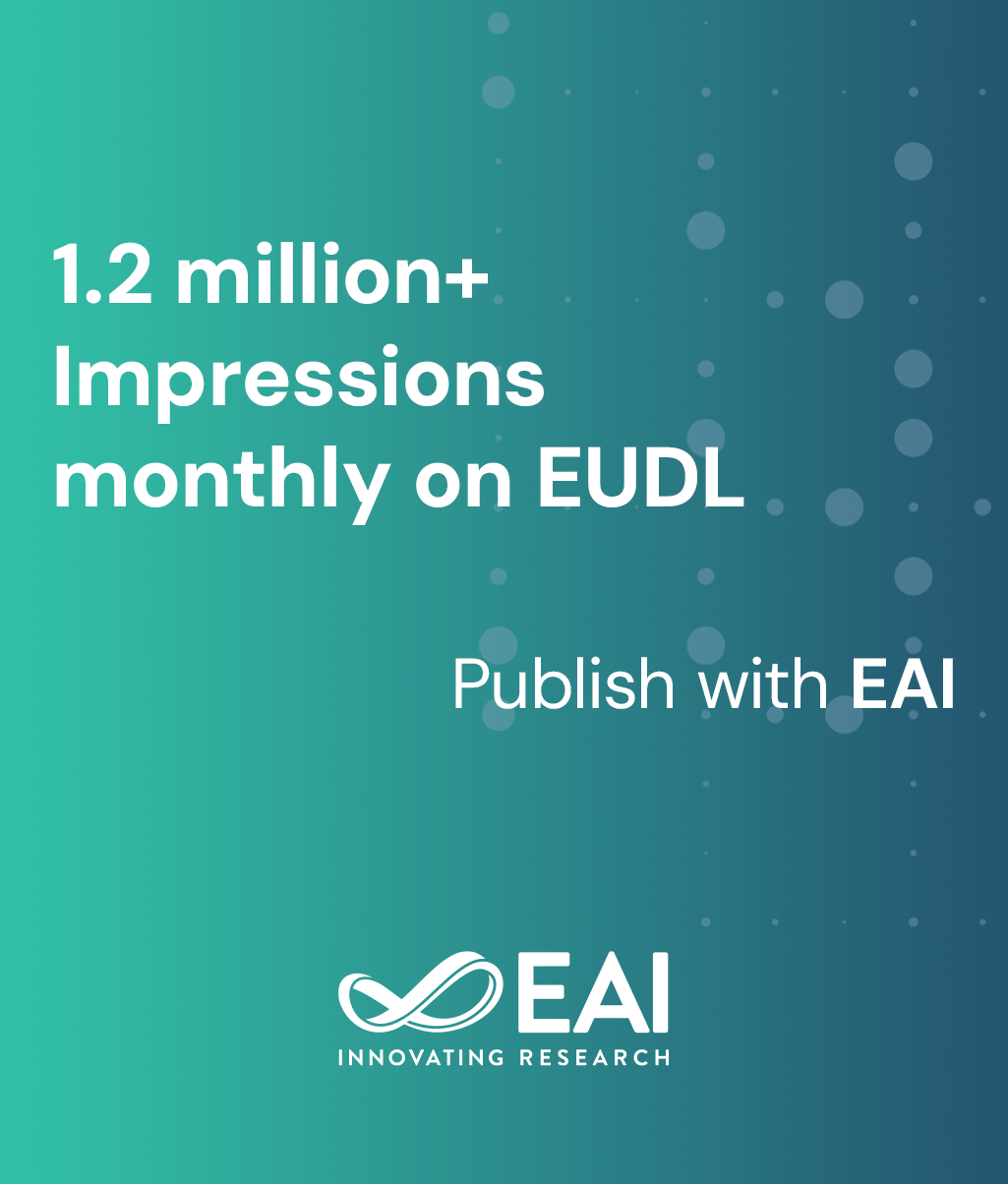
Research Article
Temporal assessment of cognitive load factors using ocular features during a visual search
@ARTICLE{10.4108/eetcasa.8797, author={Minoru Nakayama and Tomomi Okano}, title={Temporal assessment of cognitive load factors using ocular features during a visual search}, journal={EAI Endorsed Transactions on Contex-aware Systems and Applications}, volume={10}, number={1}, publisher={EAI}, journal_a={CASA}, year={2025}, month={8}, keywords={cognitive load, microsaccade rate, pupil change, modelling, chronological analysis}, doi={10.4108/eetcasa.8797} }- Minoru Nakayama
Tomomi Okano
Year: 2025
Temporal assessment of cognitive load factors using ocular features during a visual search
CASA
EAI
DOI: 10.4108/eetcasa.8797
Abstract
The possibility of evaluating temporal changes in cognitive workloads during a visual search task is examined using microsaccade (MS) rates and pupillary changes. The experimental task was designed as a search for a specific figure, where task difficulty and reaction accuracy during the trials were controlled. Individual cognitive workloads were measured after the experimental sessions were conducted, using NASA-TLX scale ratings. Temporal changes in the cognitive load were identified using metrics of oculomotors during two stages of task processing, by comparing cognitive loads with individual ratings on a scale. Since the source of the load may be a common one, changes in latent attention resources required for the task were estimated with a designated state-space model, using the observation data in order to synthesise measurement of MS rates and pupillary changes. The predicted levels of attention resources correspond to the activity during the performance of the experimental tasks during the trials, and reflected some of the rating scores for workload scales. Also, the ranges of confidence intervals for attention resources correlate significantly with the ratings for information processing at the stage where visual stimulus is presented during tasks.
Copyright © 2025 Minoru Nakayama et al., licensed to EAI. This is an open access article distributed under the terms of the CC BY-NC-SA 4.0, which permits copying, redistributing, remixing, transformation, and building upon the material in any medium so long as the original work is properly cited.


